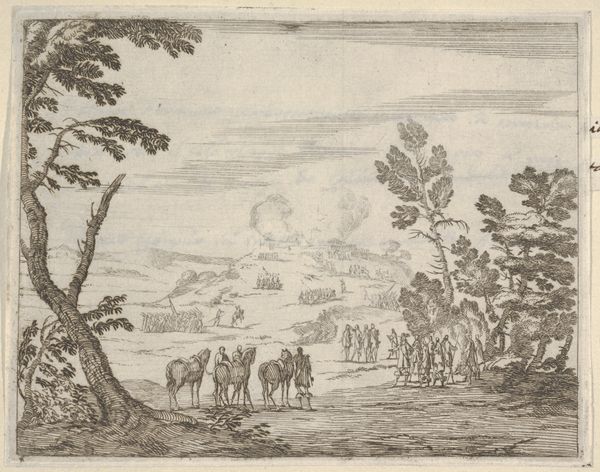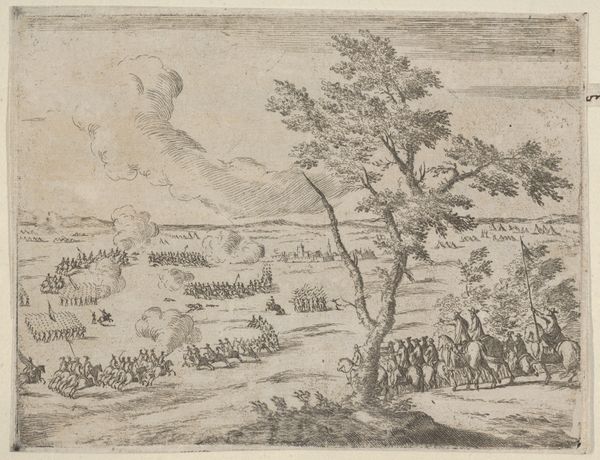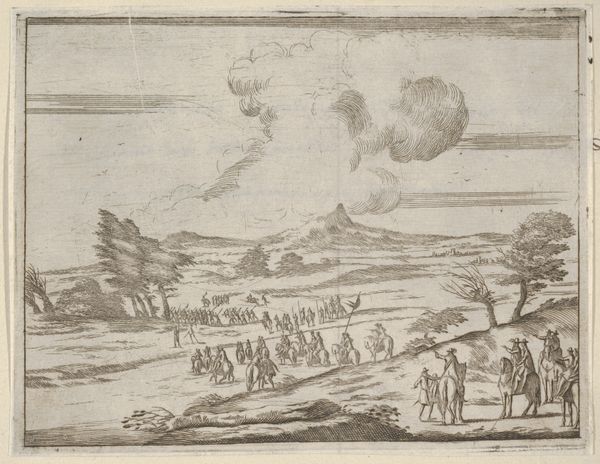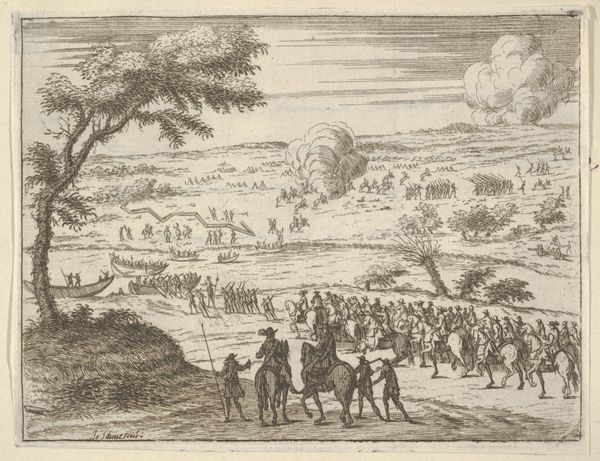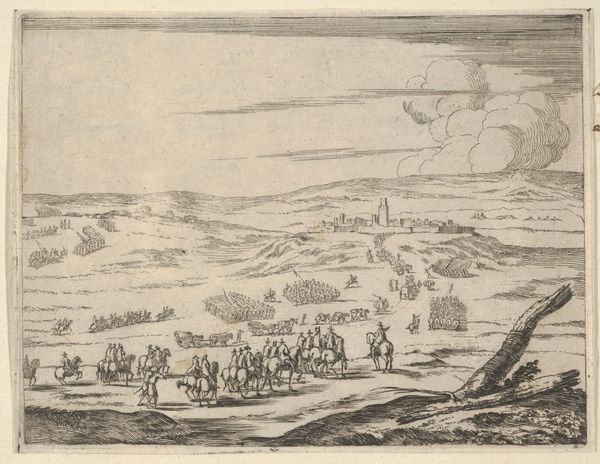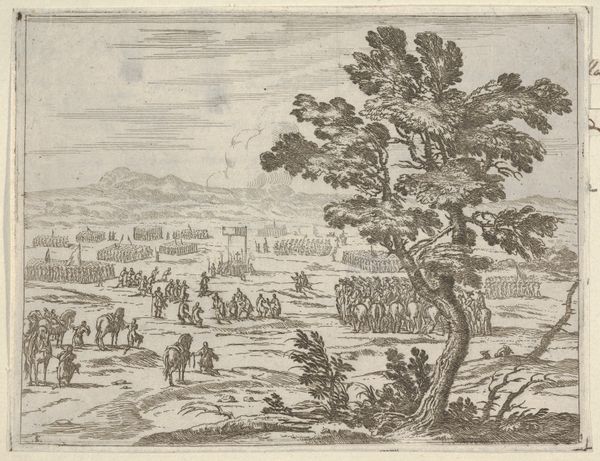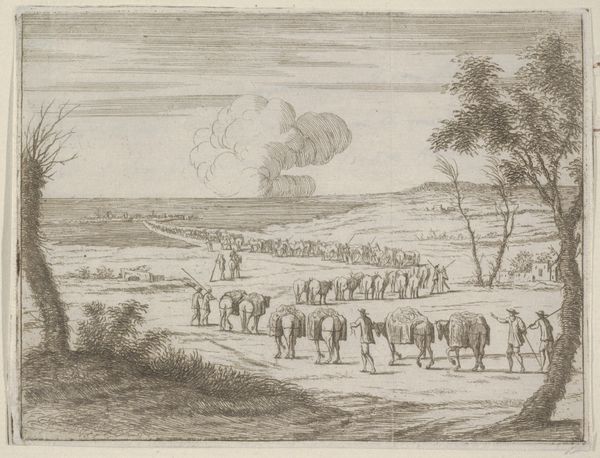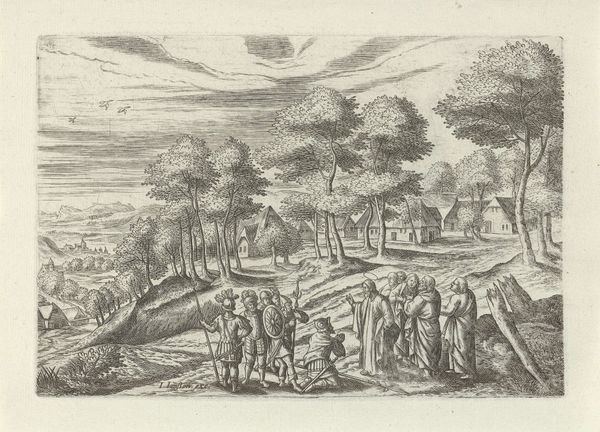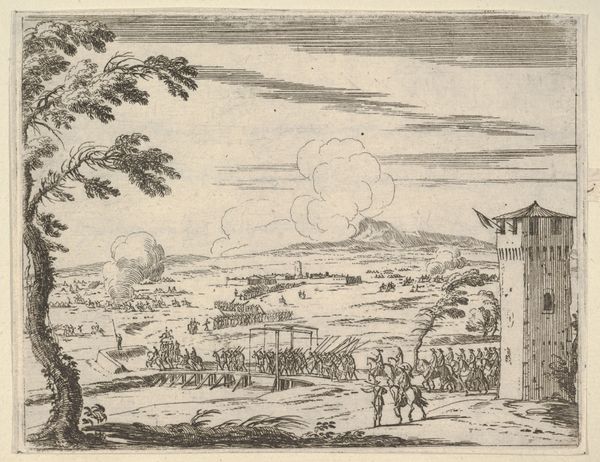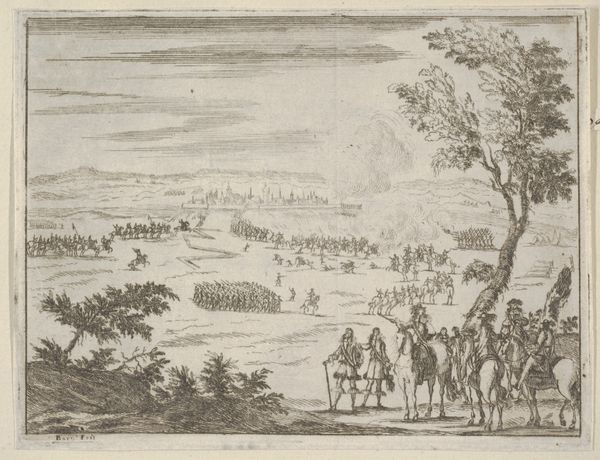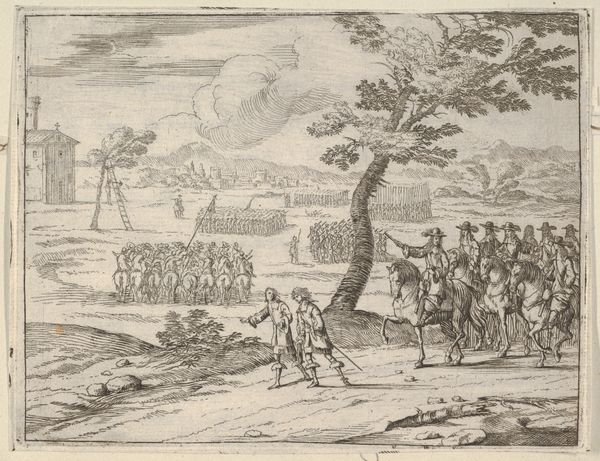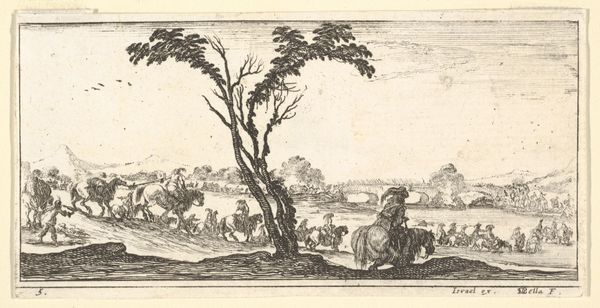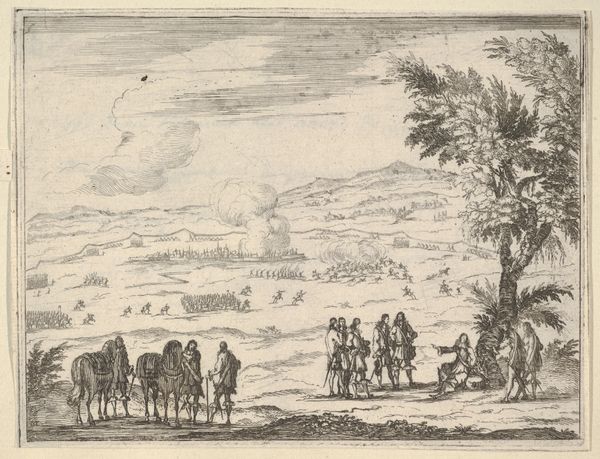![Francesco I d'Este, Despite his Discomfort, Displays his Piety While Traveling in the Snow and Ice to Receive the Holy Sacrament, from L'Idea di un Principe ed Eroe Cristiano in Francesco I d'Este, di Modena e Reggio Duca VIII [...] by Bartolomeo Fenice (Fénis)](/_next/image?url=https%3A%2F%2Fd2w8kbdekdi1gv.cloudfront.net%2FeyJidWNrZXQiOiAiYXJ0ZXJhLWltYWdlcy1idWNrZXQiLCAia2V5IjogImFydHdvcmtzL2NhYmQ0MTk5LTY1NTgtNGVmMC1hMzRiLTk4OGIwNTM1Y2YxNy9jYWJkNDE5OS02NTU4LTRlZjAtYTM0Yi05ODhiMDUzNWNmMTdfZnVsbC5qcGciLCAiZWRpdHMiOiB7InJlc2l6ZSI6IHsid2lkdGgiOiAxOTIwLCAiaGVpZ2h0IjogMTkyMCwgImZpdCI6ICJpbnNpZGUifX19&w=3840&q=75)
Francesco I d'Este, Despite his Discomfort, Displays his Piety While Traveling in the Snow and Ice to Receive the Holy Sacrament, from L'Idea di un Principe ed Eroe Cristiano in Francesco I d'Este, di Modena e Reggio Duca VIII [...] 1659
0:00
0:00
drawing, print, etching, engraving
#
drawing
#
narrative-art
#
baroque
# print
#
etching
#
landscape
#
history-painting
#
engraving
Dimensions: Sheet: 4 13/16 × 6 5/16 in. (12.3 × 16 cm)
Copyright: Public Domain
Curator: Immediately, the desaturated etching invokes the crisp chill of a winter’s day, perhaps owing to the near monochromatic application of the line work. The trees lean dramatically, mirroring the harsh diagonal lines of the path and drawing the eye into the implied depth. Editor: Bartolomeo Fenice created this print in 1659. The very long title translates to: "Francesco I d'Este, Despite his Discomfort, Displays his Piety While Traveling in the Snow and Ice to Receive the Holy Sacrament, from L'Idea di un Principe ed Eroe Cristiano in Francesco I d'Este, di Modena e Reggio Duca VIII [...]" It's currently located in the Metropolitan Museum of Art. Curator: Even without the title, there is an explicit visual narrative present—the recession creates a processional, theatrical effect, particularly as all action seems to converge in the center of the composition. The etching foregrounds formal qualities of the process. Editor: And a calculated presentation of power! Francesco I d’Este sought to visually associate his rule with religious devotion. These prints were created to disseminate very specific ideals of leadership to his constituents. Consider the social impact—displaying your unwavering faith, regardless of physical discomfort, reinforced both spiritual authority and political legitimacy. Curator: Indeed. And consider how the severe line work affects perception, doesn’t it impart a sense of struggle and determination? Look at the repetitive etched lines across the sky; it imparts a textural complexity indicative of duress while reinforcing spatial relationships on a 2D plane. Editor: But beyond the technical skill, the dissemination of these images served a critical role in Baroque political theatre, no? Think about the contemporary interpretations: would the intended audience see an act of piety or perhaps a grand display of power camouflaged as religious devotion? It raises questions about how rulers controlled public image through carefully orchestrated narratives. Curator: Fascinating point. Looking again, the intentional use of light and shadow generates emphasis, suggesting that even in adverse conditions, spiritual obligations transcend any obstacle. The tonal balance seems impeccable in rendering a message beyond simple representational imagery. Editor: Precisely! Beyond surface-level aesthetics, understanding this print necessitates comprehending its function within the broader socio-political environment, highlighting power structures and performative virtue of 17th-century Italian nobility. Curator: I agree entirely, appreciating its purpose significantly heightens our analysis—considering both internal structural systems and outward facing goals refines the total meaning of the piece. Editor: Examining this Baroque print reminds us that art serves both aesthetic and communicative ends; decoding visual and historical language is vital to reveal more profound truths about any period, culture, or work.
Comments
No comments
Be the first to comment and join the conversation on the ultimate creative platform.
